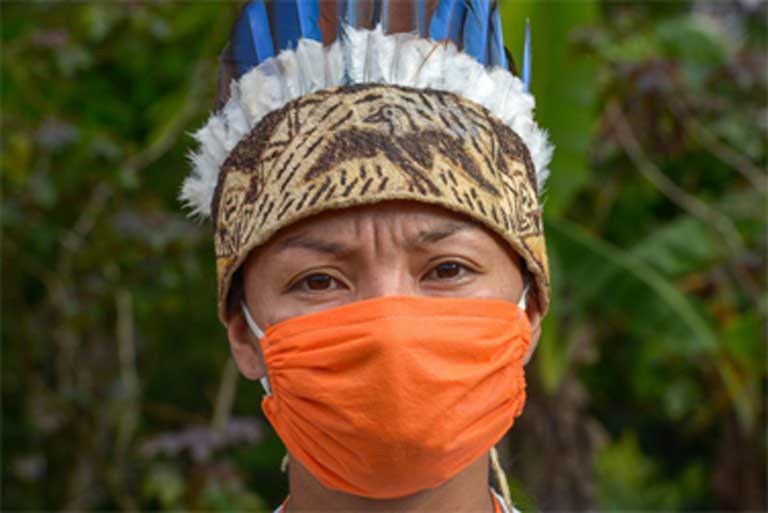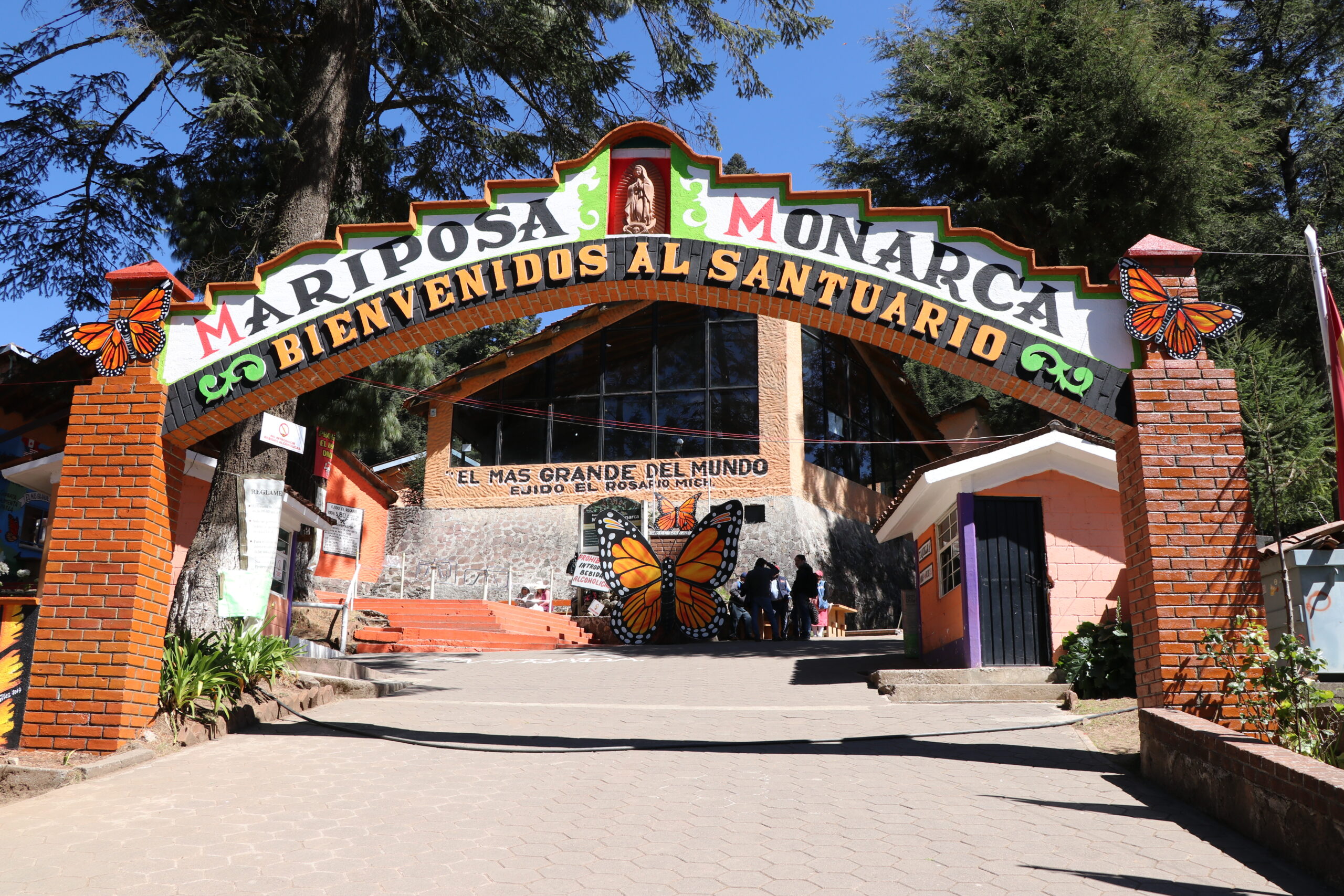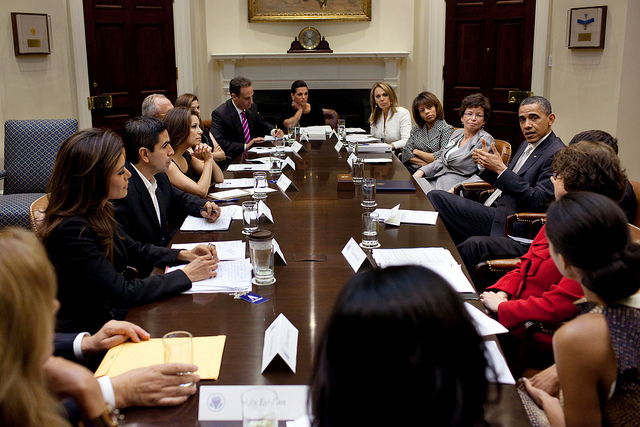
Dispatches, Peru
Peru’s Ruins Highlight Battle Between Tourism And Conservation
April 28, 2011 By Matthew Barker
Excavations revealed a vivid picture of a powerful civilization. The Moche are best known for their heavily stylized ceramics and friezes, with intricate depictions of a complex spiritualism, underpinned by intriguing and often brutal ceremonial practices celebrating war, conquest, human sacrifice and eroticism.
Friezes uncovered in a 175-metre long ceremonial plaza include characters known as the Beheading Spider, the Mythical Being and the God of the Mountains, all three of which feature severed heads to emphasize how central human sacrifice was to the Moche way of life. At ground level is one frieze showing a continuous march of triumphant warriors and their unfortunate prisoners, bound by the neck as they are led to a certain death at the hands of the high priests.
Despite Gamarra’s work, threats remain, including the prospect of mass tourism.
“We are now fighting the regional government which wants to develop the road to this site to encourage tourism. In Machu Picchu you have people walking over and eroding original stone. We’re not ready for that level of tourism here,” he said.
What he does welcome, and actively promotes, are visits from enthusiasts and other interested travellers, who can help promote his cause in the unequal battle against the ongoing destruction of Peru’s archaeological heritage. Gamarra gives personal tours through a specialist agency called Aracari, but beyond that the director is quiet on the benefits that mass tourism brings to vulnerable sites like his.
His project accommodates around 120,000 visitors a year, mostly from the United States and Germany. Fewer than 30 percent are Peruvian. Gamarra wants to cap the number as his team continues with the task of investigating the 250-acre site, gradually piecing together the remaining fragments of an ancient world.
Gamarra has run into opposition for his strict stance on tourism.
A small market outside the site’s main gates does a swift trade in replica ceramics, based on items recovered from within the ruins. Jesus García, a professional artisan fires and paints his ceramics by hand, which he can sell to visitors for 10 Peruvian soles (about $3).
“The tourists bring in money, they pay for the workers, services, restaurants, hotels. There are more people for us to sell to. Before, the huaqueros took things to sell, for necessity, for work. Now it’s illegal and anyway, we don’t need it,” García said.
Image: Photo by lanz @ Flickr.






2 Comments
[…] Peru’s Ruins Highlight Battle Between Tourism And Conservation: Report on heritage loss and archaeological damage at historical sites in Peru. […]
[…] to be pioneers in other parts of Peru in 2011, running tours along the Moche Route accompanied by leading archeologists, offering unique insider visits in Lima and Cusco; and allowing our guests to venture to lesser […]
Comments are closed.